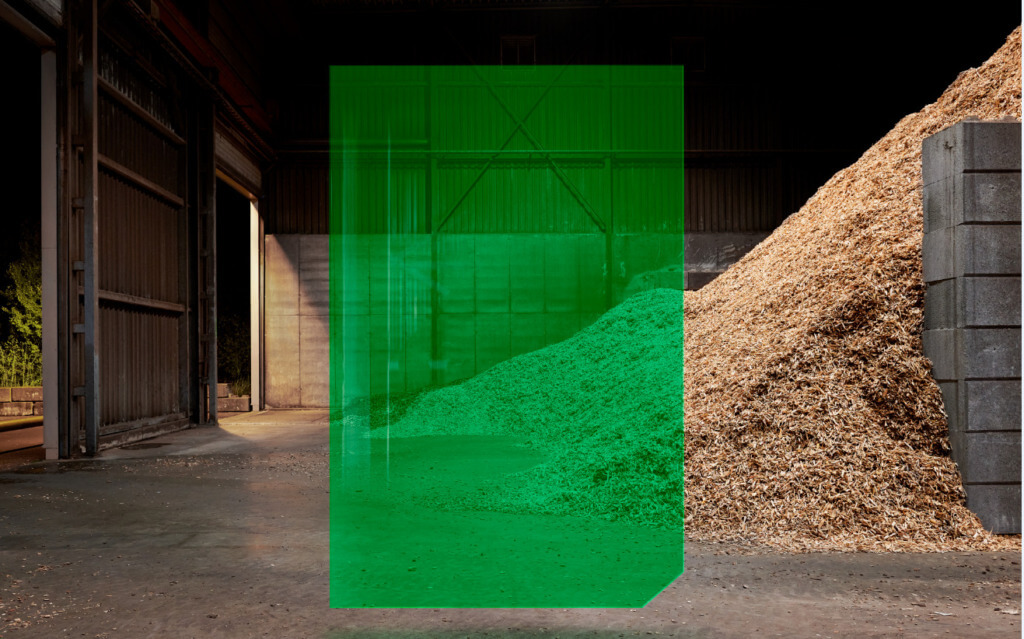

September 7, 2022
Biomass comes in many shapes and forms and can be used in different ways. A good example is when wood is used for the construction of furniture and houses, and the carbon amassed by trees from the biosphere is locked into products that can last for decades. Responsible forestry and responsible use are paramount to maintaining this renewable source of construction materials. A bad example is cutting down trees to create biomass that is shipped overseas to be burned for the generation of electricity.
All over the world, many organic waste streams (such as agricultural residues, leftovers from sawmills, construction and demolition wood, and food waste) still go unused and if left to rot, these streams will release greenhouse gases (GHG) such as CO2 and methane. Meanwhile, various industries still use fossil resources, which adds to the amount of greenhouse gases in the atmosphere. This runs against the necessity, in order to combat climate change, to reduce GHG emissions.
At Perpetual Next, we have developed technologies to transform these low value organic waste streams into biobased homogenous raw materials. These biobased raw materials are full-fledged alternatives for fossil resources and can be used by various industries - steel, cement and chemicals - as well as the agricultural industry.
Our main focus is on torrefaction, a technology in which woody and agricultural waste streams are roasted at high temperature to condense the energy and carbon. These bio-carbon products form the basis for the production of bio-char (an agricultural soil improver, storing carbon in the soil for centuries and longer); bio-coal (to replace fossil coal in steel- and cement making) and bio-gas (as feedstock and building blocks for the chemical industry and for the production of hydrogen).
It goes without saying that feedstock should be sourced responsibly. We share concerns on the sustainability of biomass feedstock and that of virgin woody biomass in particular. These relate to questions of deforestation, loss in biodiversity and soil fertility, air quality and greenhouse gas mitigation. The current development of national and international legislation to preclude the negative side effects have our full support.
In fact, Perpetual Next will only use woody biomass as feedstock for the highest possible purposes. In addition, we also research, develop and operate processing technologies for alternatives to primary biomass, such as construction and demolition wood. Furthermore, we believe that primary forest biomass should not be used for the purpose of generating electricity, because better alternatives are available, such as solar and wind.
Our goal is to develop and provide technology that can be scaled up across the globe, to utilize locally sourced organic waste streams. This minimizes transport related CO2-emissions, adding another CO2-reducing measure to the removal of carbon through the production of renewable materials that replace fossil resources.